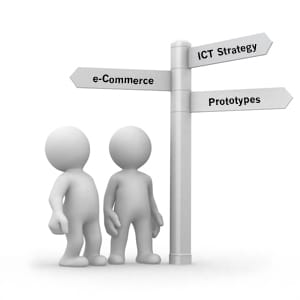02 Feb 2014
The Importance of Product Prototype Development for Your Innovative Idea
Most inventors of a new product are often so enthusiastic about their latest creation that they immediately rush into production and launch....















